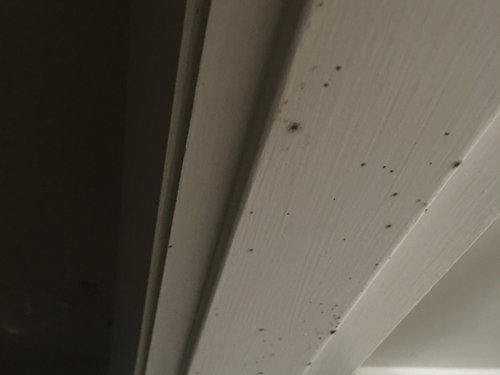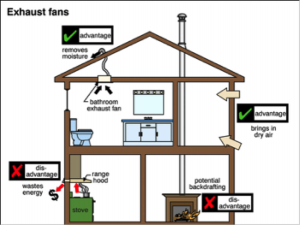Mold In Closet With Attic Access

Attic mold mold growth up in the attic can migrate down through closet ceilings and into walls.
Mold in closet with attic access. Mold seeps through wall boards and ceiling tiles settling in new locations such as closets. Lay a tarp down on your closet floor to protect it from the cleaning solutions. Dark damp and humid closets can be breeding grounds for mold. Attic mold can grow unnoticed because most homeowners do not access this area of the house too often.
Mold frequently collects in carpeting or drywall at the back of closets and can spread to clothing or packed items. Mold is a health hazard that can increase allergies and airborne pollutants. Humidity closets usually stay closed so they easily retain any moisture in the air. Open any windows that are near the closet to help ventilate the room during the mold removal.
Find exactly where the colony exists in your closet for instance you may notice dark patches on the ceiling and determine whether you can access the other side such as the attic to find the root cause of the mold. Step 2 wear rubber gloves and a protective face mask while cleaning the mold in the closet. The most common cause of attic mold by far is blocked or insufficient ventilation of the attic space. If left unchecked mold can bring down the value of your property and cost you a lot of money in repairs.
Leaky plumbing leaks behind adjacent walls can contribute to mold in closets. Here are some reasons why mold may grow in your closet along with what you can do to prevent it. Attics usually have a passive ventilation system in which outside air comes in through the soffit eave vents at the bottom warms up in the attic and escapes through the can or ridge vents at the top because hot air rises. It is a good practice to conduct regular checks in your attic to rule out moisture problems and mold.
Use concrobium to eliminate mold on interior walls flooring and clothing.














































